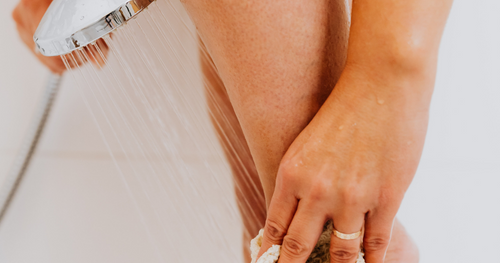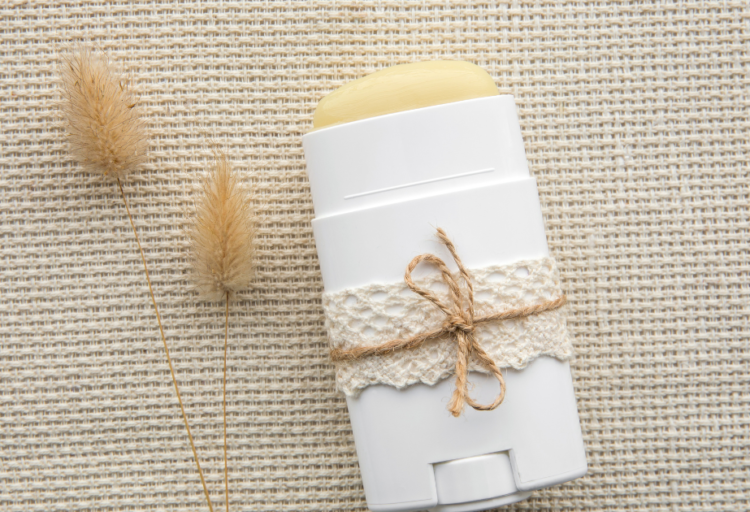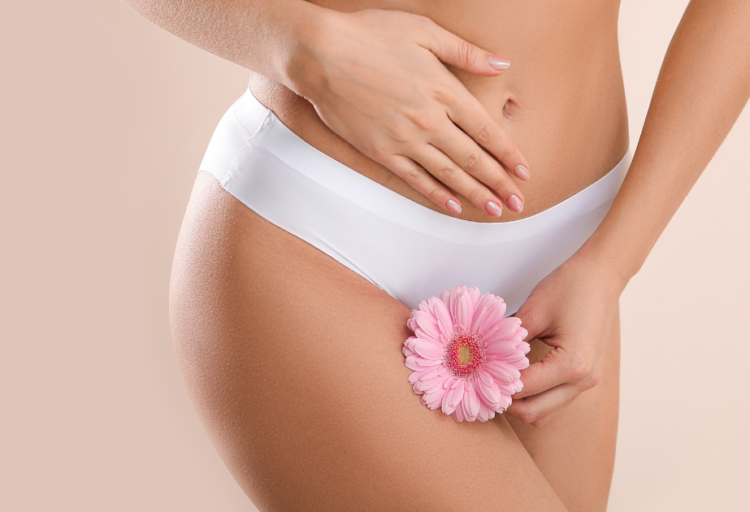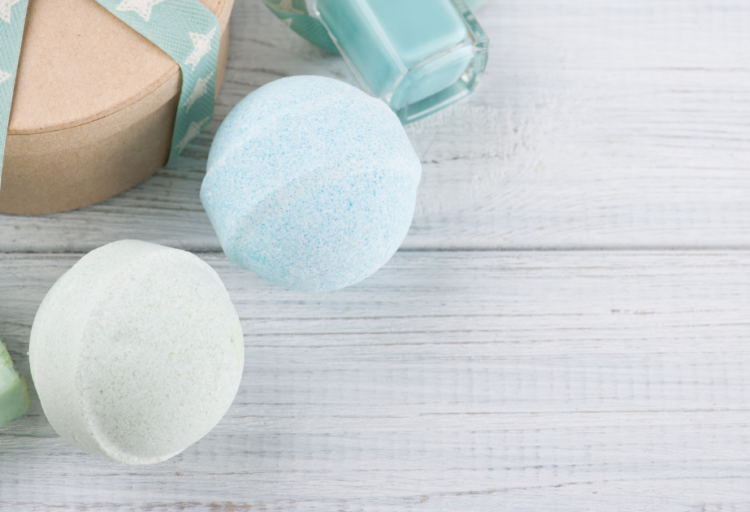All you want after hair removal is silky smooth skin. Unfortunately, ingrown hairs can make an uninvited appearance. On top of the uninvited visit, they cause discomfort, pain, and irritation. So, it is quite understandable when you seek ingrown hair treatment in hopes of getting rid of them forever.
Before tackling ingrown hair treatments, you need to know whether you’re dealing with an actual ingrown. This skin condition results from hair growing back into the skin after being removed. In addition, inflammation can occur due to the body’s reaction to the trapped hair. The site of inflammation can commonly present with pain, itching, raised hyperpigmented or red bumps. Moreover, you can also become predisposed to scarring and bacterial infections because of ingrown hairs.
Ingrown hairs can be due to hair removal techniques, such as shaving, waxing, tweezing, threading, and sugaring. So, what exactly can you do if you want smooth skin without ingrown? You can do laser hair removal, which stops hair growth. However, you can also take preventative measures in your at-home body care routine. If you’re ready to say goodbye to ingrown, keep reading to discover the best 5-step ingrown hair treatment shower routine.
Best Ingrown Hair Treatment Body Care Products
• Body wash: Naturium Salicylic Acid Body Wash
• Exfoliator: Fur Silk Scrub
• Oil: Fur Oil
• Moisturizer: Bioderma Atoderm Gel-Crème
Common Ingrown Hair Treatment Ingredients

Various ingredients can help you treat and prevent ingrown hairs. Except for retinol, these ingredients are in the recommended list of products above. Let’s further discuss these ingredients and their benefits for ingrown hair treatment in detail.
Salicylic acid: This is a beta-hydroxy acid (BHA), which is oil-soluble, making it an excellent ingredient for pore-clogging concerns. It breaks down bonding formed by skin cells, which can contribute to pore clogging. Salicylic acid can penetrate deep enough into the skin layers, reaching the pores necessary for ingrown hair treatment.
AHAs: Chemical exfoliation is a gentler and more direct way of addressing skin concerns, such as ingrown hairs. Alpha hydroxy acids (AHAs) make great exfoliating agents. These chemical exfoliators help improve skin texture and appearance. Glycolic acid is the smallest of all the AHAs, making it more potent than the others. This ingredient works well with exfoliation, which evens out the appearance of the skin. The skin will absorb other active ingredients better once chemical exfoliants clear debris and dirt that can hinder penetration.
Retinol: Retinol can help restore the skin barrier and is especially helpful for discoloration and scarring, as well as enhancing collagen production. This makes them good skincare ingredients that can even out the skin tone and improve texture.
Niacinamide: Ingrown hairs can present with inflammation and irritation. Niacinamide has anti-inflammatory benefits and helps soothe the skin. This is a gentle choice for post-inflammatory hyperpigmentation and redness you can encounter when dealing with ingrown hairs.
Step 1: Take care of active ingrown hairs
The first step in your shower routine for an ingrown hair treatment at home should involve measures against the ingrown. If you are dealing with active ingrown hair, take the time to care for the areas with ingrown. Use a warm compress on those areas for a few minutes (~10mins) before starting your shower. The warm compress helps soothe but is also a great way to soften the area, which can help bring the ingrown to the skin’s surface.

Step 2: Lather your skin with warmth

Get into the next step in your shower routine, which is the body wash step for most. The active ingredient in the recommended body wash is salicylic acid. This is a beneficial ingredient in your body care routine, as it can help with inflammation and reach deep within the pores.
Step 3: Get rid of dead skin cells

This step in your body care routine should be done sparingly throughout the week. You should exfoliate approximately 2-3 times a week, providing the benefits you need without over-exfoliation.
A chemical exfoliant is gentler in this case and has ingredients that target the specific skin issue. The AHAs in the Fur Silk Scrub are glycolic and lactic acid. Compared to salicylic acid (a BHA), these AHAs are water-soluble and are best for targeting the surface of the skin and the pore opening. Although they do not penetrate as deep as their BHA counterparts, they remain a great exfoliant for an ingrown hair bump treatment.
Step 4: Apply oil
Move on to the next step of your routine by applying oil. If you are looking for the best-ingrown hair treatment for pubic hair, try the fur oil. You can use this oil externally on various areas of your body as part of your daily hygiene routine, and it is also safe for the pubic area. It contains a blend of oils, with tea tree oil being one. Tea tree oil is a common ingredient for treating ingrown hair due to its anti-inflammatory and antimicrobial properties.
Step 5: Finish up with moisture
You still need to moisturize your skin when dealing with ingrown. This is a key step in your routine, as it can maintain the health of the skin barrier. Hydrating helps the skin maintain proper function, which is necessary to prevent ingrown hairs. Ingredients in your moisturizer, such as niacinamide, are helpful. Niacinamide enhances ceramide synthesis, further improving the skin barrier’s function.
Summary
Ingrown hairs can occur after hair removal techniques. You can most easily treat them with the steps and ingrown hair treatment products discussed in this article.
The products listed contain effective ingredients for ingrown hair treatment at home. However, it is important to be cautious with the method of use. To avoid possible irritation and post-inflammatory hyperpigmentation due to overuse, follow specified directions and limit use when needed.
The severity of your ingrown hair will determine whether home treatments are your best option. While home treatments may work for many, it is not the best option for everyone. Consult a dermatologist to ensure you use the best treatment plan, especially if your ingrown hair bump won’t go away.









Leave a Reply